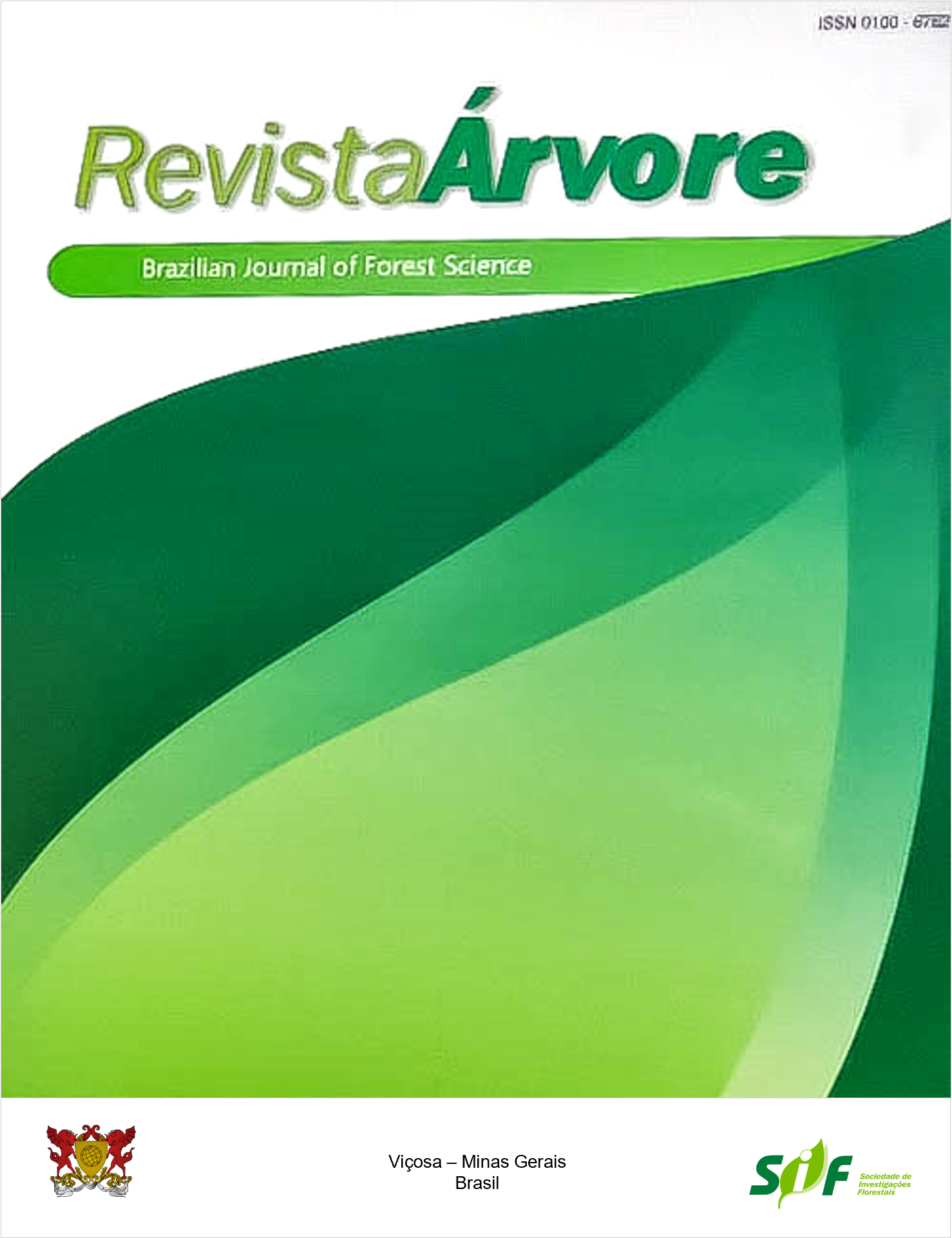NATURAL DISTRIBUTION OF Myracrodruon urundeuva FR. ALL. IN BRAZIL AT CURRENT AND FUTURE CLIMATE SCENARIOS DUE TO GLOBAL CLIMATE CHANGE
Keywords:
brazilian biomes, climatic changes, ecological modeling nicheAbstract
In this work, the prediction of the distribution of M. urundeuva Fr. All. was performed based on the region of natural occurrence of the species. Its geographic coordinates were obtained from online databases CRIA and SpecialLinks, from scientific articles and fieldwork carried out by Universidade Estadual Paulista (UNESP) in Ilha Solteira, São Paulo, Brazil. M. urundeuva is a native tree species with great potential for commercial use in Brazil. For this purpose, ecological niche modeling was used, with current layers of climate variables and layers prepared for future climate scenarios, according to the 4th Report of the Intergovernmental Panel on Climate Change (AR4/IPCC), using Worldclim data on Brazil. With the Open Modeller and ArcGIS programs, maps were generated to predict its occurrence for the current period and future climate scenarios, made according to the projections of global climate changes. With the projection of increases in temperature and precipitation in the area where the species occurs, it tends to migrate to areas of Brazil where the climate is currently milder, in the south and southeast regions. Due to climatic changes, the species tends to undergo changes in distribution and area size until 2080. It was projected for Caatinga and Pantanal, in both periods, an increase in area, while for the Cerrado, in the first period, the area increased, and, for the second, it decreased. Therefore, according to the results of the maps of future projections for the next decades, it is concluded that there will be changes in the distribution of M. urundeuva, with a significant reduction of the potential area of occurrence in the region.
Keywords: Brazilian biomes; Climatic changes; Ecological modeling niche
Downloads
Published
How to Cite
Issue
Section
License
Copyright (c) 2022 Revista Árvore

This work is licensed under a Creative Commons Attribution 4.0 International License.
All authors agreed to submit the work to Revista Árvore and granted the exclusive license to publish the article. The authors affirm that it is an original work and has not been previously published elsewhere. The scientific content and opinions expressed in the article are the sole responsibility of the authors and reflect their opinions, not necessarily representing the opinions of the editorial board of Revista Árvore or of the Society of Forest Investigations (SIF).




